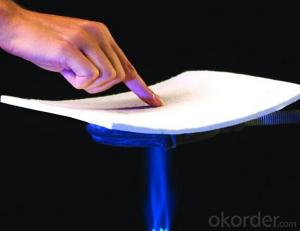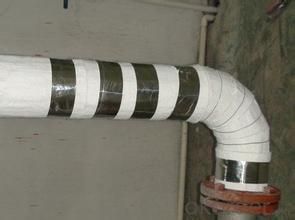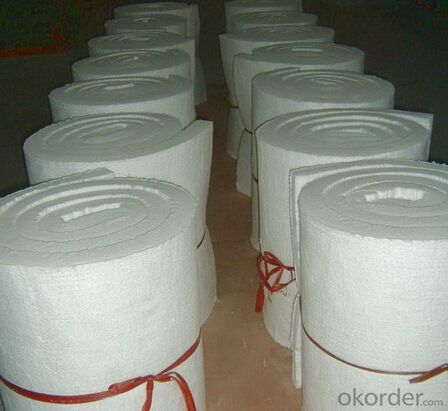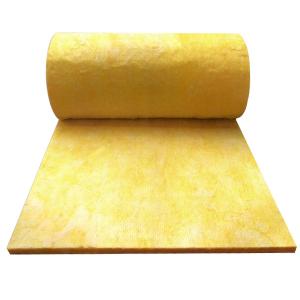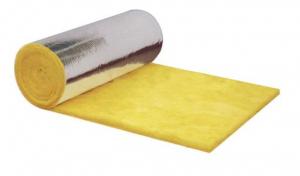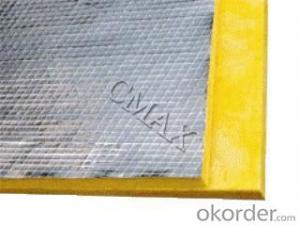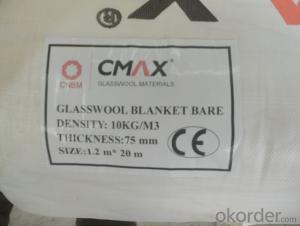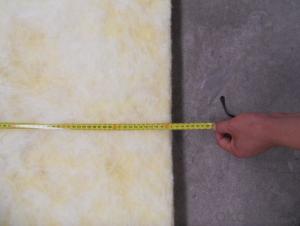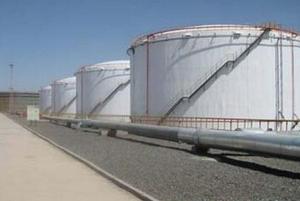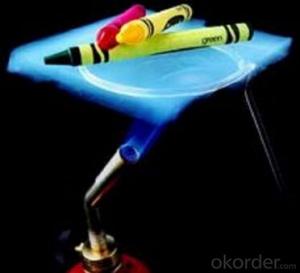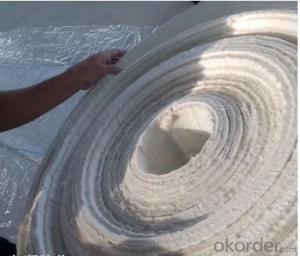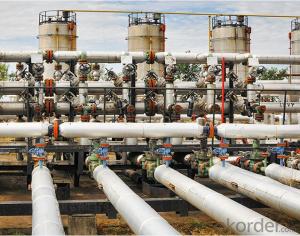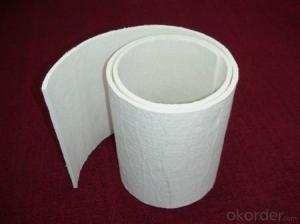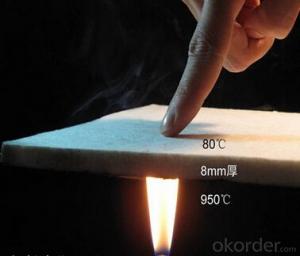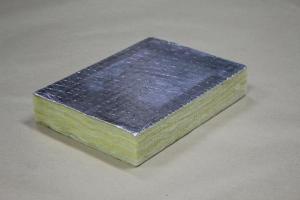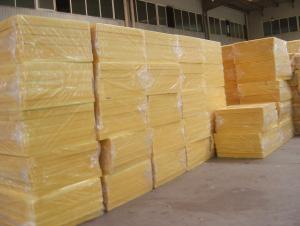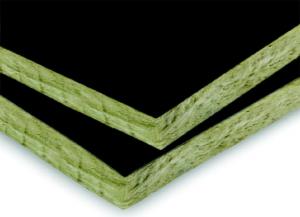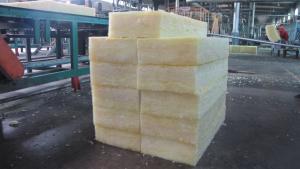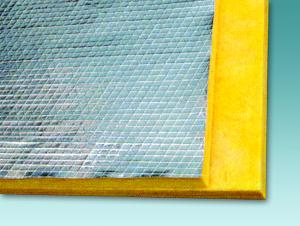Glass Wool Reinforced Refractory Thermal Performance Insulation Aerogel Felts
- Loading Port:
- Tianjin
- Payment Terms:
- TT OR LC
- Min Order Qty:
- 10000 m²
- Supply Capability:
- 10000000 m²/month
OKorder Service Pledge
OKorder Financial Service
You Might Also Like
1.Description
Aerogel Insulation Felts
Using special nanotechnology, It combines a silica aerogel with reinforcing fibers to deliver very low thermal conductivity, low density and good flexibility in an environmentally safe product. It provides excellent properties of waterproof, sound absorption and shock absorption. It is an alternative to the common, environment unfriendly, inferior insulation products, such as PU, asbestos insulation felt, silicate fibers, etc.
2.Specifications
1.Superior Thermal Performance
2.Long service life
3.Environmentally Safe
4.Sound resistance
3. Advantages
(1).Superior Thermal Performance
The maximum use temperature is 1000℃,Its thermal conductivity is 1/3~1/5 of common insulators, helping reduce heat loss and optimizing space utility.
(2). Long service life
Unlike other traditional insulation materials, aerogel ’s three- dimensional, structure inhibits sintering warpage, and particles stack which may occur under hot temperature for long time. Therefore, aerogel insulation has long service life.
(3). Physically Robust:
It has flexibility and high tensile strength, resisting stretching and stress from linear contraction when temperature changes.
(4). Environmentally Safe:
Composed of inorganic materials, it contains no hazard. Stripping little chloridionm will cause no corrosion to the equipments and pipes.
Sound resistance and Shock Absorption
sound resistance and shock absorption help better the environment quality.
(5). Easy to Install
Extremely low density (200kg/m3) contributes to easy-to-cut and easy-to-install.
4. Technical Standard
Property | Unit | Techicial Standard | |
(refractoriness) | ---- | A Grade | |
(Density) | kg/m3 | <220< span=""> | |
(Lyophobic) | % | >99 | |
Thermal Conductivity | 25℃ | W/(m·K) | ≤0.023 |
70℃ | ≤0.029 | ||
200℃ | ≤0.036 | ||
300℃ | ≤0.045 | ||
400℃ | ≤0.056 | ||
5. Application
Oil pipe, steam pipe, refrigerator interlining, oil tank, central airconditioning pipe, chemical pipe with the requirement of fire resistance, vehicle thermal insulation, national defence, military industry, heat supply pipelines in city insulation, biological medicine pipes and equipment and so on.

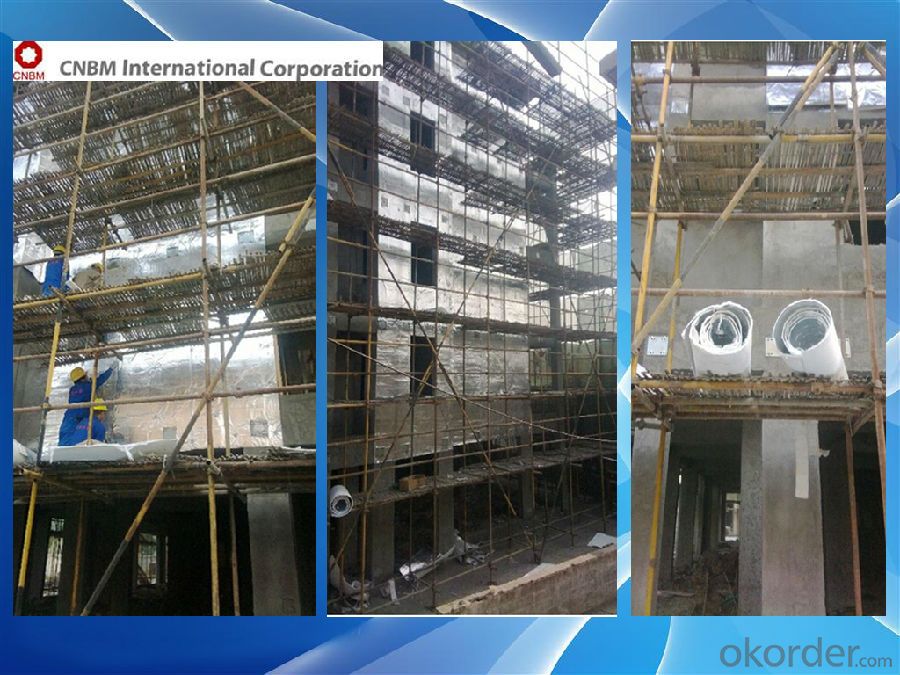

- Q: How about the sound insulation performance of glass wool felts?
- Fix the glass wool in the wall with pegs, then cover it with plywood, after laying up with wooden surface, nail the wood again.
- Q: Does rock wool board refer to the glass wool ?
- not
- Q: Behind the wall at the head of bedroom is an elevator, but how can indulate sound? Waht do you think if install silicic acid board of 12 centimeters plus glass wool and splint fo 9 centimeters and then nail soft package background in the rear?
- Soundproofing measures: if conditions permitted, it probably can make soft pakage.
- Q: Whether the rock wool is belong to the glass wool product or not.
- Rockwool certainly do not belong to the glass wool products, rock wool is rock wool, glass wool is glass wool.
- Q: what is the raw materials producing glass wool insulation materials?
- Asbestos
- Q: Which is more suitable for industrial pipe insulation: glass wool or rock wool ?
- Glass wool, now rock wool seems to be out of date.
- Q: How is the insulation property of glass wool color steel?plate?
- It has poor insulation than polystyrene but good fireproof property.
- Q: Do you have any recommendation about the glue used to adhere the glass wool to glass?fiber felt? Thank you.
- You can try sodium silicate (sodium metasilicate) which is used to glue cartons.
- Q: Which has better effect of sound absorption, glass wool or rock wool?
- Almost the same, no significant difference. You can send me message if you have some trouble.
- Q: What are the differences between rock wool and glass wool?
- Rock wool board has short silk and glass wool has long silk,
Send your message to us
Glass Wool Reinforced Refractory Thermal Performance Insulation Aerogel Felts
- Loading Port:
- Tianjin
- Payment Terms:
- TT OR LC
- Min Order Qty:
- 10000 m²
- Supply Capability:
- 10000000 m²/month
OKorder Service Pledge
OKorder Financial Service
Similar products
Hot products
Hot Searches
Related keywords
